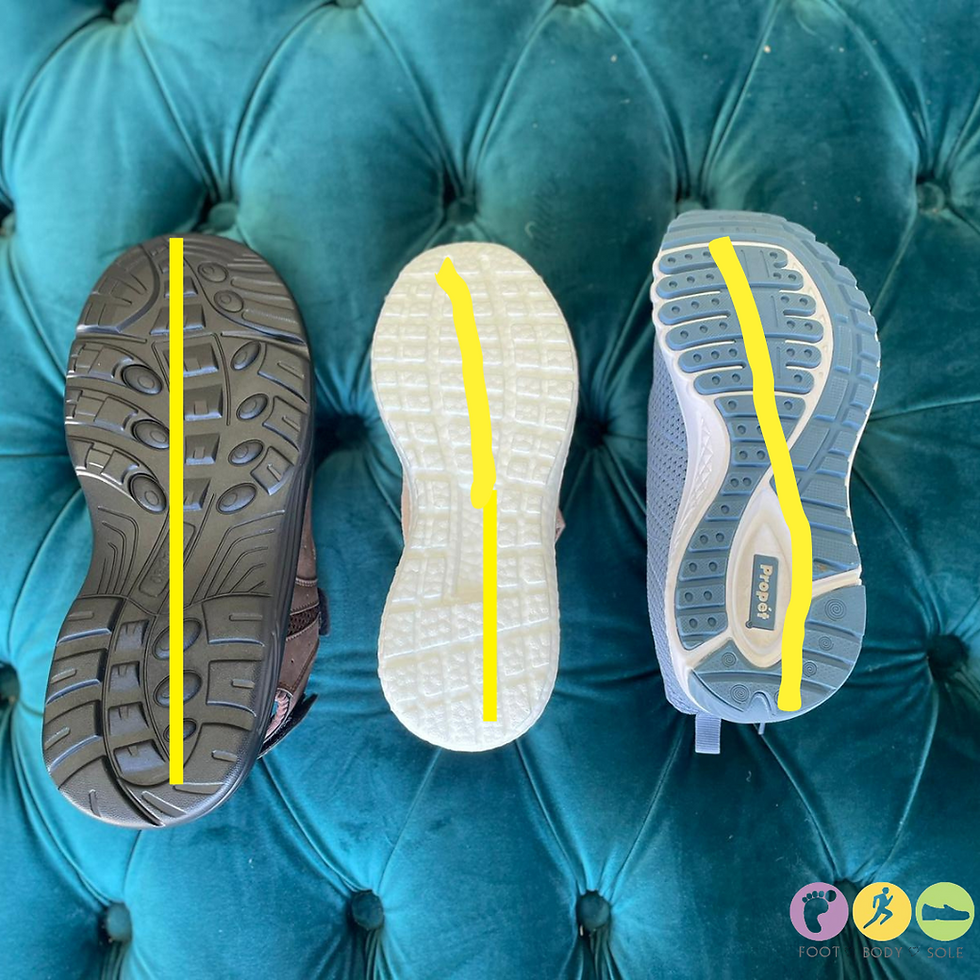how to prevent Blisters
- Foot Body Sole
- Jan 31, 2024
- 2 min read
Blisters are a raised part of the skin that is usually fluid filled. In general terms, blisters on the feet are caused by friction from footwear.

If a blister has not popped we aim to keep it that way, unless the pressure from the blister it too painful. This helps to aid the healing concept of moist wound healing, this is evidence based for improved healing but also helps to reduce the chance of infection due to keeping a barrier present to help stop bacteria entering the wound. If the blister has popped or been "de roofed" a podiatrist can help with padding to help offload the area and also ways to help reduce the chances of infection.
As mentioned above blisters are usually caused by friction from footwear. These are some underlying causes that increase the friction when wearing shoes. Such as :

Incorrectly fitting shoes. Your shoe may be too small in terms of length, width or depth of the toe box. Particularly if you have a bunion or clawed toes.
Changing foot shape from pregnancy, menopause, surgery or even from season to season as your foot changes with the weather. This may mean that you need to have a footwear fitting to check if your current shoes are still appropriate.
Not wearing natural fibre socks to absorb sweat from the feet or not wearing socks at all.
Having a medical condition called Hyperhydrodsis where your feet have increased sweating.
Not wearing the appropriate shoe for an activity for example a school student wearing their leather school shoes to run around in a PE lesson or wearing a pair of ballet flats to walk around the city all day.

How can a podiatrist help?

Conducting a footwear fitting to ensure your shoes are the correct size, width and depth. They can also help to recommend materials that might suit your foot shape for example a neoprene upper for a bunion.
Giving advice on reducing friction such as using a blister stick or tapping to protect high friction areas of the foot.
Helping with treatment if the blister has been deroofed.
Giving advice on shoes that would best suit the activity that you are completing.
Using Blister patches such as Engo patches to help reduce friction in footwear.
Advise on the right foot cream to help prep skin better and avoid friction/dryness which makes the skin more prone to blisters.
If you have any concerns about blisters and you would like to enquire about treatments mentioned above, please give the clinic a call on (03) 8648 7678 or drop in to see the Foot Body Sole Team at 108 Bridport St Albert park.









I frequently play at Sky Crown Casino, and I always found their loyalty programme to be very lucrative. Gaining gaming points that may be redeemed for special bonuses and benefits as you move up the VIP ladder https://sky-crown.com is an inspiring experience. It's an excellent platform for anyone who plays frequently because the benefits feel meaningful and truly recognise player loyalty.